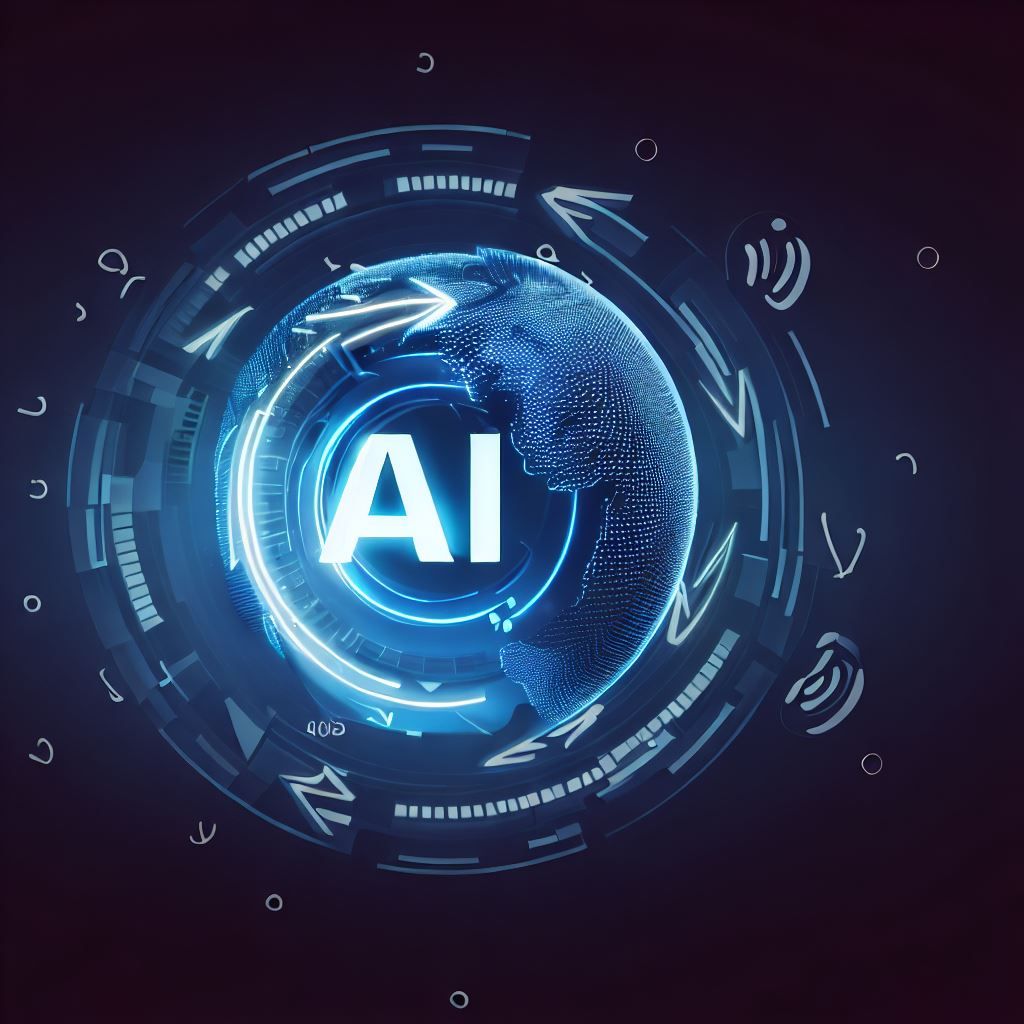Would my business benefit from adopting AI? Who can help me with it without costing me a fortune & a lifetime?
These are some of the questions we intend to answer in this blog.
AI can do wonders. We are all amazed at how well it understands human conversations, can adopt various roles, can generate images, and clone voices. However, what is unclear is how it can help most businesses to profoundly improve their offerings, making them scalable, and automating mundane processes while reducing costs.
In this article, we will share some high-level lessons for business owners and decision-makers at mid-sized companies.
 |
|---|
| AI readiness |
Step 1 - Evaluate AI readiness:
The first step is to holistically review all business processes, identify key areas for AI transformation, and adopt a phased approach. It's next to impossible to target multiple business processes all at once and get the desired results.
The outcome of step 1 should be a roadmap highlighting various phases with high-impact and easiest modules first.
 |
|---|
| Meticulous planning |
Step 2 - Planning Execution:
Once the roadmap is identified, scoping of the first phase begins. In this step, key deliverables, timelines, and costs are locked. This is essential as businesses should not be stuck in an infinite loop in the name of improvements. Scoping and planning, when done well, make transformation very smooth.
For most businesses, it takes about 2 weeks to plan a phase.
 |
|---|
| Execution, execution & excellent execution! |
Step 3 - Kickoff:
Implementation of the first phase usually lasts between 3-6 months. This is a good time to create impactful changes. In this phase, technology partners and businesses also get an opportunity to understand each other and establish a long-term relationship.
Following a lean strategy, businesses are able to see impact as early as few months. This helps them reinforce or refine the direction for AI transformation. Seeing becomes believing by the end of this phase.
 |
|---|
| What went well, what went south & how to improve the next run |
Step 4 - Retrospective:
Taking a moment to pause and reflect at the conclusion of each development phase is invaluable. This reflective exercise, spanning a few days, engages all stakeholders in a comprehensive review of the original goals. Together, they assess the successes, identify the shortcomings, and stratigise enhancements for subsequent phases.
Moreover, this process facilitates the reassessment of overarching goals and future directions. It is common for the project’s trajectory to evolve, informed by insights gained during the early stages.
This iterative approach not only refines the immediate workflow but also ensures that long-term objectives remain aligned with the project’s evolving dynamics.
Repeat:
As closure for the first phase approaches businesses kick off step 2 for the next phase. Generally, it takes 3 to 5 phases and 1-2 years for major AI and Digital Transformation for most mid-sized companies.
Talk to an expert:
Techwards has helped dozens of organizations undergo AI and digital transformation. It all starts with a call to explore and discuss. Book a free 30 mins consultation to explore how AI can help your business.
Note: all images are AI generated



